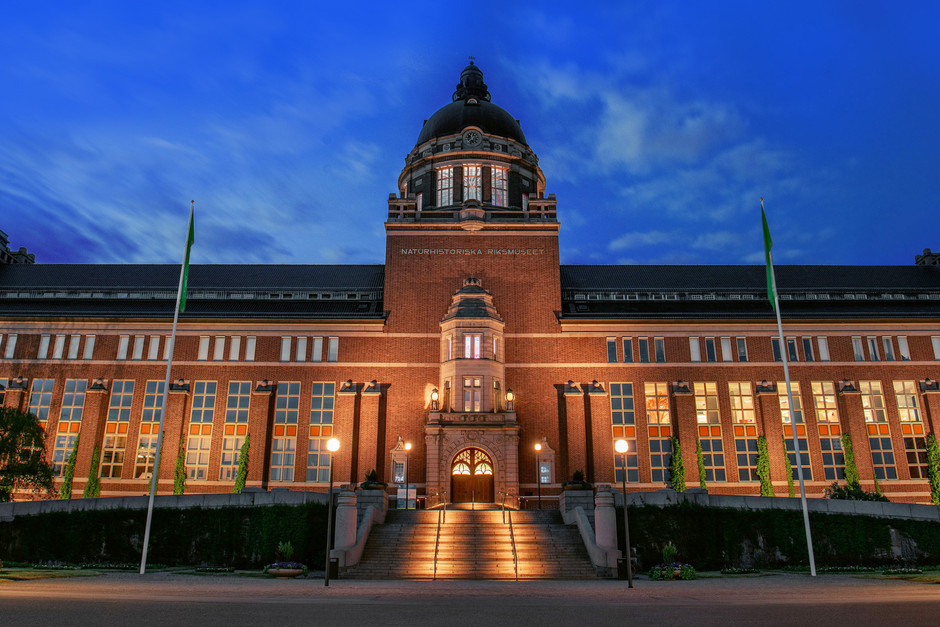The Bergskollegium (1637–1857)
Was a Swedish government agency established during Queen Christina's regency, with the responsibility of leading and controlling the Swedish mining and metallurgical industry. In various mining districts, mining operations were conducted based on the bergsregale (a royal privilege), and one of the state's most important instruments for regulating and controlling this was the issuance of privilege letters for blast furnaces, hammers, and manufacturing works in Sweden.
The Collegium also included a testing chamber and a "Laboratorium Chymicum," where mineral and ore samples were chemically analyzed. At times, the position of assayer at the Bergskollegium was also held concurrently with the same position at the Royal Mint (later the Mint). In 1683, Urban Hjärne was commissioned by royal letter to lead the laboratory's operations, and he was the one who began to compile an official mineral collection at the Bergskollegium.
Over time, this collection grew and was housed in various locations in Stockholm, but with the dissolution of the Bergskollegium in 1857, the collection was transferred to the ownership of the Swedish Museum of Natural History and moved there in 1859. The entire collection comprises about 11,000 items.

